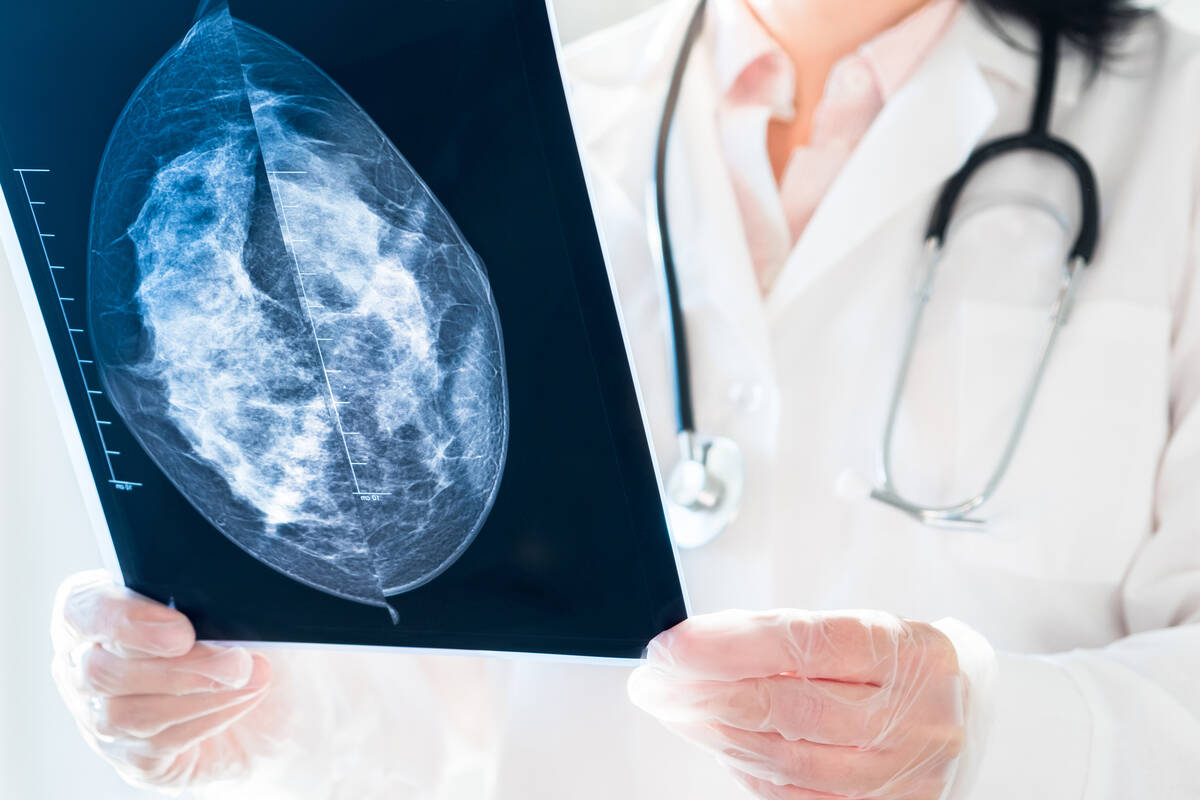5 common myths about breast cancer symptoms
You can never be too safe when it comes to breast cancer. Doing self-exams, having mammograms and watching for warning signs can save your life.
Raised awareness and more candidness about breast health is a good thing. But it also has fueled some common misperceptions.
Dr. Holly Pederson, director of medical breast services at the Cleveland Clinic’s Breast Center, explains the truth behind five myths she often hears from patients.
Myth 1: If a breast lump is movable, it’s not cancer
“Actually, breast cancers almost always begin in a movable state,” Pederson says. “It’s not until they grow larger that they attach to something and stop moving.”
You should tell your doctor about any lump you feel in your breast.
When doing a self-exam, feel around your breasts for something hard that doesn’t belong there, Pederson says. It may feel like a frozen pea or lima bean, or be smooth and very firm, like a marble.
Myth 2: Breast cancer doesn’t cause pain
That’s not entirely true. Fast-growing breast cancers can be painful. Breast pain in one particular spot, especially in older women, is a warning sign.
“Most women experience general breast pain or soreness that comes and goes,” Pederson says. “That’s not a sign of cancer, but usually due to hormone fluctuations or too much caffeine.”
Myth 3: Women with lumpy breast tissue have dense breasts
False. “Lumpy breast tissue has nothing to do with breast density,” Pederson says. “Your breasts can feel lumpy but not appear dense on a mammogram.”
Nearly 1 in 2 women have dense breast tissue, indicated by the amount of milk glands and ducts and supportive tissue, which appear solid white on a mammogram. Because cancer can appear the same way, women with dense breasts may choose to have 3D mammography for better cancer detection and fewer false positives. Women at high risk may qualify for MRI screening.
Myth 4: Doctors can tell if a lump is cancer just by feeling it
Wrong. Neither you nor your health care provider — no matter how good he or she is — can tell whether a lump is cancer without diagnostic imaging.
“Providers who say, ‘It’s probably OK,’ without investigating further may cause a delay in diagnosing breast cancer,” Pederson says. “Don’t let your doctor guess. Get imaging.”
Women age 30 and older will have a diagnostic mammogram and ultrasound. An ultrasound helps evaluate a mass by assessing whether it is solid or fluid-filled. Women under age 30 will have only an ultrasound because younger, denser breasts are difficult to evaluate by mammogram.
Suspicious lumps should be biopsied. Typically, a sample of tissue is drawn through a needle. Then the tissue is studied under a microscope.
Myth 5: Nipple discharge is usually a sign of cancer
No, the opposite is true. Many women have leftover milk in their ducts after breastfeeding, or they have debris that can cause greenish or even black discharge that can be squeezed out of the ducts, Pederson says.
“What’s more concerning is bloody or clear discharge that leaks out when you’re not squeezing,” she says. “This type of discharge can be a sign of breast cancer about 10 percent of the time. Even with bloody nipple discharge, the cause is usually a benign condition inside the milk duct.”
Ruling out cancer
Lumps, pain and other breast abnormalities affect almost every woman at some point. Usually they are not cancer, but getting them checked out is a must. Most of the time, you can’t safely rule out cancer without a proper evaluation.


















